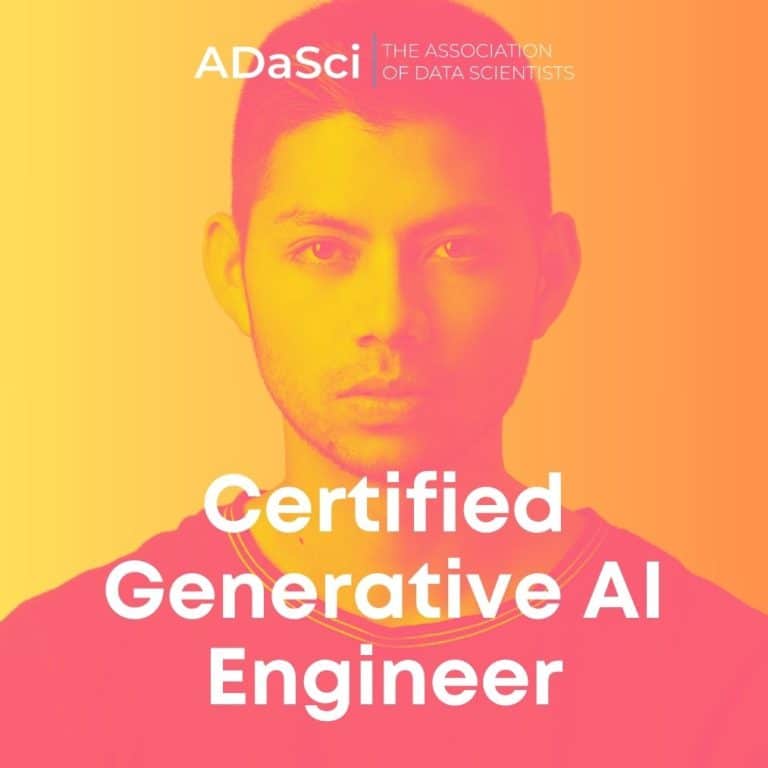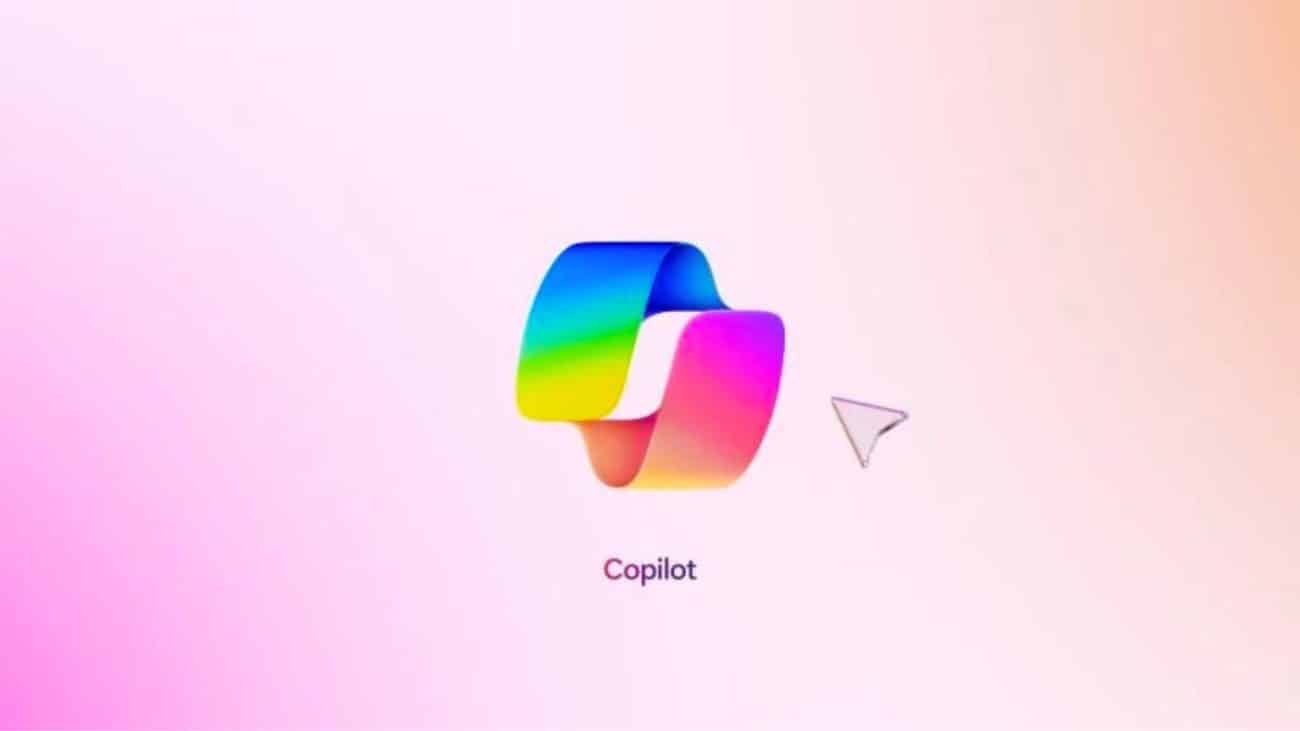Ask any developer, and they will tell you why, in the ever-evolving world of deep learning and generative AI, the name PyTorch stands as the beacon of affection and admiration. While large language models (LLMs) based on Transformers have been the talk of the town, they have not overshadowed the significance of more traditional frameworks like PyTorch.
PyTorch’s popularity among data scientists and engineers remains steadfast, and for good reason. According to several discussions, one of the primary attractions is PyTorch’s “inherent goodness”. It offers an intuitive and dynamic approach to building neural networks, making it an ideal choice for deep learning experiments and prototyping.
Unlike some other frameworks like TensorFlow, PyTorch has a reputation for keeping things simple yet powerful. Though TensorFlow is undoubtedly powerful, it is buggy. Some people even say that TensorFlow is still better in terms of production, but developers have just shifted to PyTorch. Even years ago, it was known to work flawlessly “out of the box” on relatively simple systems. This user-friendly aspect of PyTorch has endeared it to researchers and experimenters alike, making it a no-brainer choice for those in pursuit of innovation.
TensorFlow’s death gave rise to PyTorch’s glow
PyTorch is like a trusted companion. Its flexibility and ease of use allow developers to quickly implement their ideas, test hypotheses, and iterate on their models. The dynamic computation graph in PyTorch allows for real-time debugging and experimentation, which is crucial for refining algorithms and achieving breakthroughs.
While PyTorch reigns supreme in the realm of research and experimentation, TensorFlow has found its calling in end-user facing applications. It has become the framework of choice for deploying machine learning models in production environments. However, even within the realm of deep learning research, TensorFlow’s popularity has seen a decline.
TensorFlow is dead and if you're using it at work you're on a career dead end https://t.co/CC5h1zjrlc
— JPYTRMBKS.C (@untitled01ipynb) August 12, 2023
Google learned from Meta’s PyTorch and made TensorFlow 2.0, which is better and easier for research than its previous version. Still, researchers have no reason to return to giving TensorFlow another chance. Now, with PyTorch 2.0 in the picture, hopes for TensorFlow fall even shorter.
Moreover, even Google and DeepMind have shifted away from TensorFlow in many of their projects. Instead, they have embraced JAX and frameworks built on top of it, such as Haiku and Flax. This shift underscores the evolving landscape of deep learning frameworks, with PyTorch and JAX emerging as the preferred options.
Python is the king of AI research at the moment. Interestingly, PyTorch is often referred to as “Pythony” by developers. This explains its wide adoption, and people shifting to PyTorch (built largely on Python) because it seemed comfortable and easy to use, and has a faster learning curve for new users.
Community is the reason for PyTorch’s success
Another reason for PyTorch’s success is its compatibility with NVIDIA’s CUDA. CUDA is the beloved framework for developing AI models, and PyTorch’s code just made it a lot easier for developers. Earlier, Google was leading it with TensorFlow, but Meta’s PyTorch won hearts with the ease of use.
Handling Cuda and multiple GPU is why I love PyTorch. Tensorflow is an headache lol
— Predstan (@RajiAdeola10) January 28, 2022
One of the other factors contributing to PyTorch’s enduring love is its strong presence within the Hugging Face ecosystem. The dominance of PyTorch in the Hugging Face ecosystem is evident from the statistics on StackOverflow Developer Survey. In 2022, a staggering 45,000 PyTorch exclusive models were added to Hugging Face, while only 4,000 new TensorFlow exclusives made their way onto the platform. This resulted in a whopping 92% of models on Hugging Face being PyTorch exclusive, leaving a mere 8% for TensorFlow.
This disparity in model availability on Hugging Face showcases the widespread preference for PyTorch among developers and researchers. It also underlines the practicality and efficiency that PyTorch offers in creating and deploying state-of-the-art models. Moreover, PyTorch’s core developers are known for their responsiveness to user issues and feature requests. This dynamic interaction fosters a sense of partnership between the framework creators and its users, further solidifying PyTorch’s place in the hearts of many.
The warmth and affection for PyTorch extend beyond its technical merits. It can be attributed to the vibrant and supportive community that has grown around it. PyTorch enthusiasts and experts readily share knowledge, offer assistance, and collaborate on open-source projects.
As we look at the future of deep learning and artificial intelligence, it becomes increasingly clear that PyTorch and JAX are poised to play pivotal roles. These frameworks offer the flexibility and performance needed to tackle the complex challenges of tomorrow. The fusion of PyTorch’s user-centric design and JAX’s efficiency paints a promising picture of what lies ahead.









































